The Sussex Innovation Centre (SINC) fosters some of the fastest-growing startups and scaleups in the region, with 1 in 6 going on to achieve a turnover in the millions.
Over the last few months, we’ve been facilitating lunchtime sessions at SINC, using a Design Thinking mindset to creatively solve startup and scaleup problems in a collaborative environment.
At the end of each session, the attendees came away with actionable steps they could put into place to help encourage positive change.
In this post, we’d like to briefly talk you through how we’re using Design Thinking to address common business challenges.
Before we dive into them though, let’s recap on what Design Thinking is.
What is Design Thinking
Design Thinking is a mindset which fuels innovation within organisations. It’s a framework for creative problem-solving with a strong emphasis on rapid, practical solutions. Importantly, Design Thinking is a process for everyone, not just designers, helping teams align through collaboration.
Here at Wolfcub, we are Design Thinking advocates, which means our work is focused on the sweet spot between user needs, technological capabilities, and business objectives.
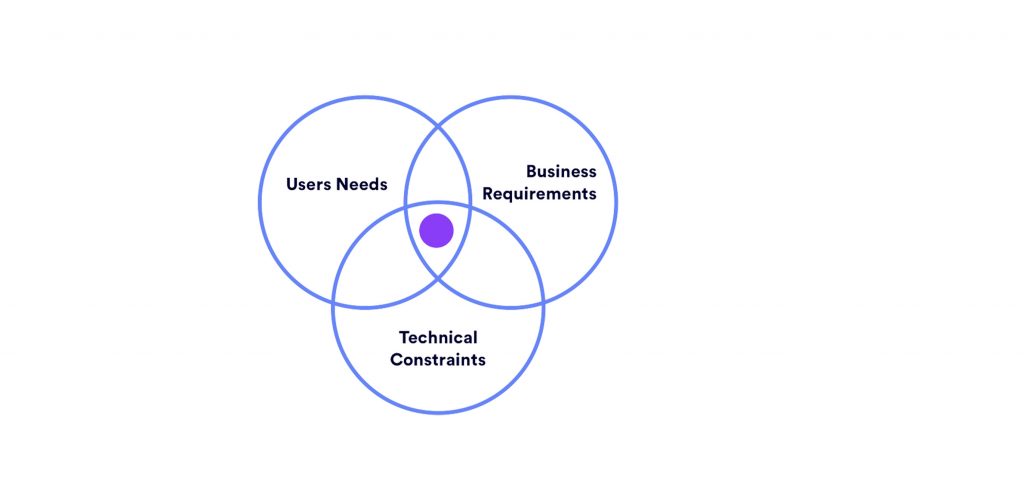
How can Design Thinking have an impact on Recruitment
Each session at SINC was based around a set of key challenges that startups and scaleups are facing as they endeavour to grow their internal teams.
How can Design Thinking have an impact on recruitment?
The first challenge we decided to tackle was recruitment. Startups can find hiring difficult. After all, by definition, a startup is a new company, with no existing reputation or track record, and attracting the best people isn’t always easy.
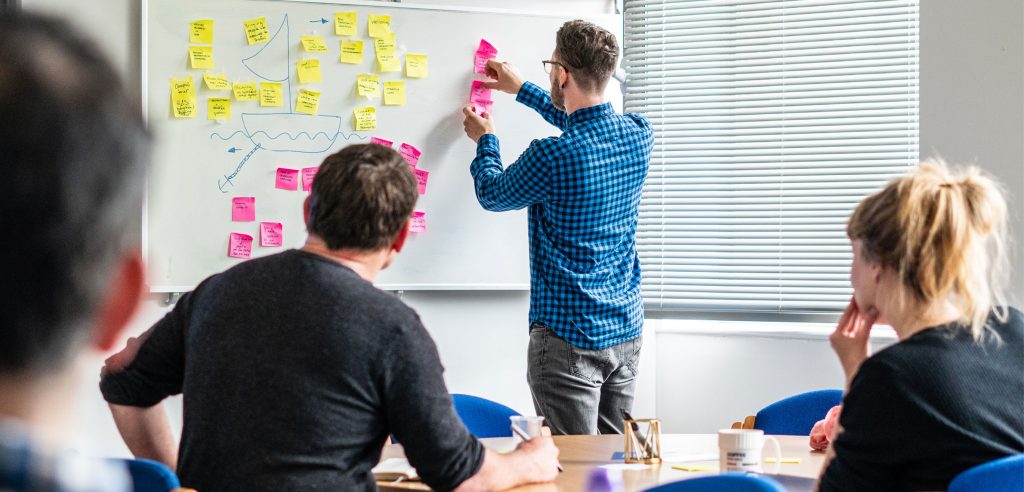
Using a structured process, we guided participants through our Throwdown workshop – a specially designed framework to help collaborative working to solve big challenges. We use several creative problem-solving and idea generation exercises which produce actionable tasks that the workshop participants can take away and implement.
Apart from the specific, actionable results, the Throwdown process also helps startup and scaleup teams…
- Effectively collaborate as a team
- Find the best solutions for their challenges
- Reach a team consensus and agree on a way to move forward
- Unearth hidden ideas
Idea generation in practice
Working in two groups, we focused on generating recruitment-related ideas.
Group A chose to focus on, “How can we create an efficient recruitment process?”
Group B decided to tackle, “How can we find the right people?”
Then, using an “effort vs. impact” scale, we sorted the resulting ideas according to what difference they could make in business terms.
Naturally, the right recruitment ideas and strategy for your business will depend on your particular challenges. However, to give you a snapshot of what our groups came up with, we thought we’d share their ideas with you here.
Feel free to use whatever might seem useful.
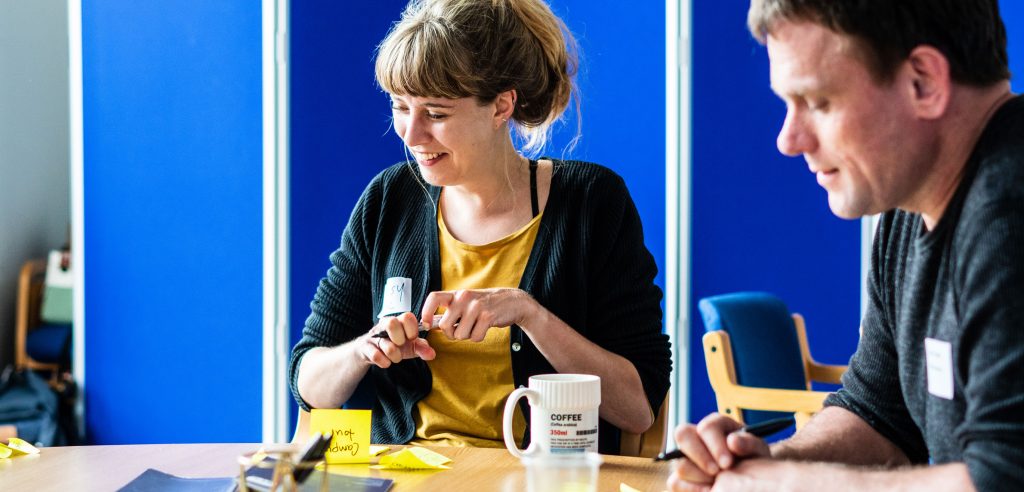
Group A – “How can we create an efficient recruitment process?”
• Create a guide for candidates explaining our new approach
• Rewrite our job ads
• Communicate new assessment guidance to any staff interviewing people
• Revise interview questions
• Constant testing, refining and communicating
• Carve out the time
• Look at current staff – how have they developed?
• Identify sample candidates
• Define assessment tasks/ activities for new roles
• Limit the responsibilities you give early on – watch your workload decrease
Group B – “How can we find the right people?”
• Scheduling time with the team
• Plan and map out a new recruitment process
• Discuss skill gaps in a similar workshop format
• Capture views
• Identify collaboration tools
• Wider team meeting to prioritise skills
• Meeting to evaluate current skills
• Management team skill gap workshop
• Technical team skill gap workshop
How can Design Thinking have an impact on company culture?
The second of our SINC sessions saw us take on the challenge of company culture, an all-encompassing subject and often a source of difficulty as startups instead focus on building their product or service, scaling the business and looking for product-market fit. This is sometimes known as the ‘Culture Trap’.
“Culture begins with the first employee; it happens by design or default.”
Company culture isn’t a challenge to simply be solved in a 90-minute workshop. But, by using a Design Thinking framework like the Throwdown, we were able to focus more on working collaboratively to discuss and share ideas and by doing so, formulate a set of clear actionable tasks the participants could take away with them to experiment with.
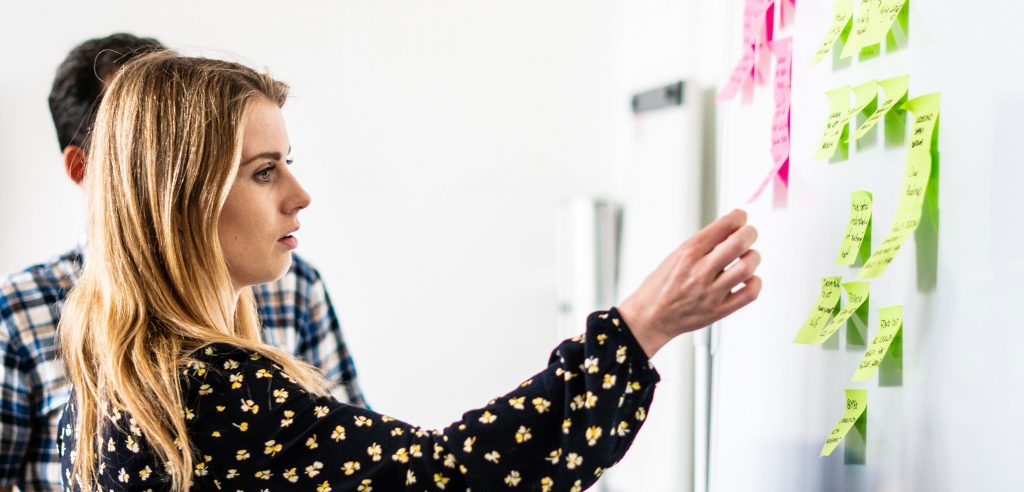
Maximum impact with relatively low effort.
As to be expected, two very different approaches came out of the Company Culture Throwdown.
Group A decided to focus on defining a clear purpose for cultural change within their organisations, which centred around the origins of their brand.
The key takeaways were:
- Creating an impactful storytelling narrative about their brand to inspire and educate their teams on why they do what they do
- Encourage and maintain open and fluid dialogue between teams
- Interview individual employees around company culture to gain valuable insight into the values that matter most to them
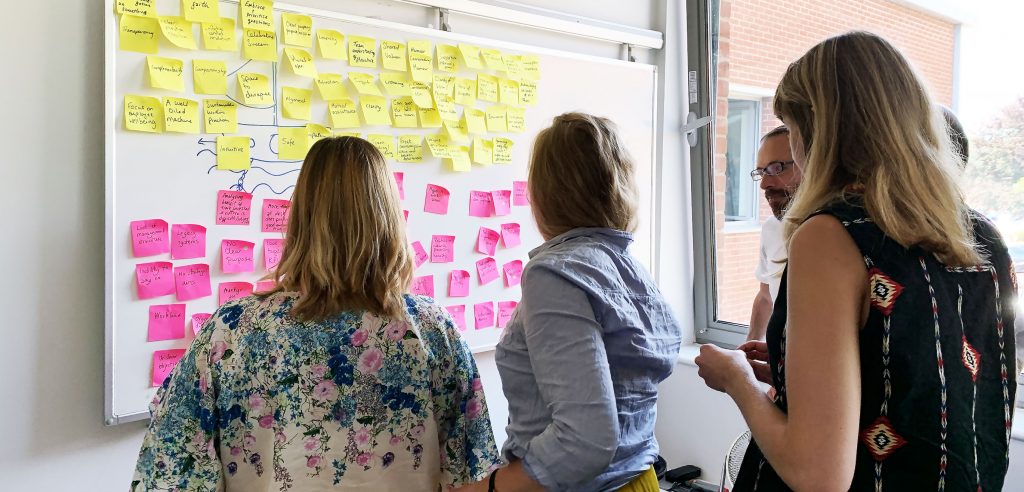
Group B took a more pragmatic approach to creating actionable solutions, with the ultimate goal of making company culture part of everyone’s role.
The key takeaways were:
- Understand the importance of culture on outcomes
- Make culture a part of weekly (mandatory) company meetings
- Undertake organisation-wide ‘listening exercises’ (and act on what you hear!)
- Block out regular time for individual/collective ideas and implementation
- Rotate responsibilities (passing to a different person every month/ week, etc.)
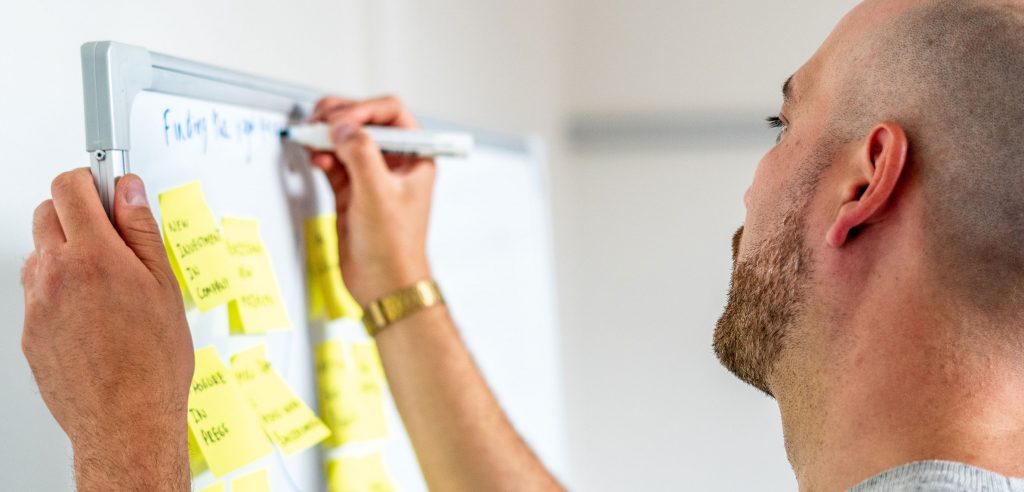
When it comes to creative problem-solving, the right amount of structure makes for the maximum amount of freedom (and creativity!) Using the Design Thinking framework and philosophy, our Throwdown workshops have allowed startups and scaleups to get to the practical heart of their common business challenges.
Of course, with both recruitment and company culture, we only really scratched the surface during a single session.
These are topics we will go on to talk more about, so stay tuned for future posts!